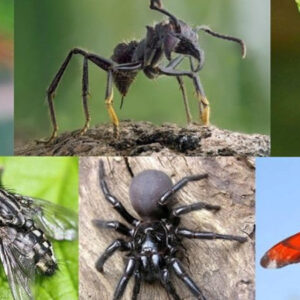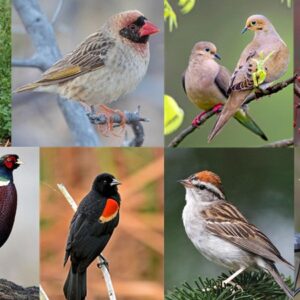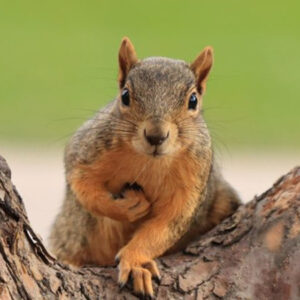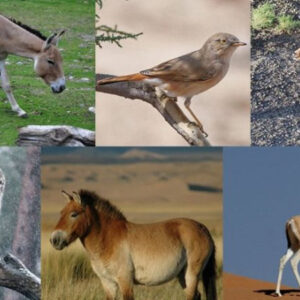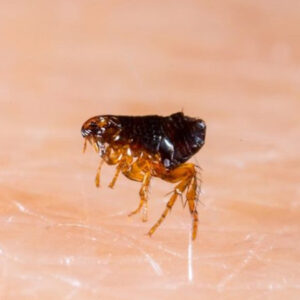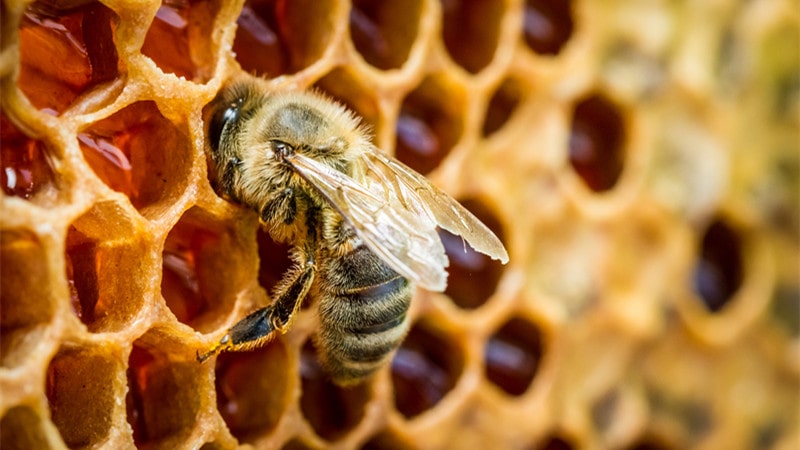
When it comes to honey, everyone likes it. Since that is free food for any animal, a beekeeper may have a hard time keeping their hive protected from animal attacks. So if you are wondering how to protect your beehive from animal attacks, then you should follow these procedures below:
1. Secure the Entrance
The first step in protecting a beehive from any animal attack would be to secure its main entrance of it. Ensure the beehive’s entrance is secure and that animals cannot readily gain access.
Consider utilizing a little entrance reducer that most animals cannot enter. It is a simple device that goes over the hive entrance and narrows it. Predators may find it more difficult to access the hive due to this.
Entrance reducers can also assist in regulating hive temperature and protect bees from wind and rain. You can also install a metal entrance disk which is basically a circular device that fits over the entrance to the hive.
It features multiple small apertures that allow bees that make honey to enter and exit the hive while making predators more difficult to penetrate.
Metal entrance discs are very good at keeping small predators out, such as wasps and hornets. There are many good beekeeping websites, like beehivehero, where you can learn about specific beekeeping instruments like entrance reducers to ensure that you find the right items for your hive.
2. Choose a Good Location
Choose a location free of predators like bears, raccoons, and skunks.
Raise the beehive higher from the ground to make it harder for animals to reach it. You can use a hive stand or a platform to lift the hive. Lifting the beehive on a solid stand can help keep animals out of the colony.
Select a stand that is tall enough to dissuade most animals while also being strong enough to support the load of the hive.
By considering these elements, you can select a suitable location for your beehive that will secure it from potential threats while also providing a healthy habitat for your bees to grow.
3. Electric Fence
A fence from Viking Rental will help keep larger animals like bears away from the beehive. Ensure the l fence is at least 6 feet tall and strong enough to hold a bear. Try placing an electric fence around the beehive to keep animals away.
This is especially useful for huge creatures such as bears. Electrified fences are often an effective deterrent for larger animals such as bears. Ensure that the fence is correctly installed and that it is turned on at all times.
4. Make a Clean environment
It is also critical to assess the surrounding region and verify that there are no other food sources that may attract animals. Eliminate any potential food sources, such as garbage or spilled honey, from the area around the beehive. This reduces the possibility of animals being drawn to the area.
5. Use Scent Deterrents
Some odors can prevent particular species, such as skunks. To deter animals, use scents like peppermint, cinnamon, or citrus around the beehive. Because bees are hypersensitive to strong chemical odors, using natural scents that will not damage the bees is critical.
Natural scents that work well as deterrents include eucalyptus. Spray the scent deterrent all throughout the hive, paying special attention to the places where animals would be most likely to approach.
You can, for example, spray the perfume around the hive’s entrance, on the ground near the hive, and on any surrounding trees or structures.
Aroma deterrents lose effectiveness with time; thus, they must be used frequently. Depending on the weather and other factors, you may need to reapply the fragrance every few days or once a week.
6. Place the Hive in a Well-Lit Area
Animals are less inclined to approach a well-lit beehive. Consider positioning the beehive near a ceiling light or other source of light that would work as well. Creatures such as bears, raccoons, and skunks are less likely to approach a beehive if they can see the bees flying in and out of it.
A well-lit location can increase bee visibility and dissuade predators from approaching. A well-lit location can help beekeepers accurately track the hive for signals of animal activity or damage.
This can aid in identifying potential dangers and taking steps to defend the hive.
7. Install a Lock
Install a lock on the hive lid to prevent animals from entering the hive. This is very useful for tiny animals such as raccoons. Choose a strong and long-lasting lock to survive tampering by animal predators.
A heavy-duty padlock with a robust shackle is an excellent choice. Test the lock to confirm that it is fully functioning and securely latched. Check that it is simple for you to open and close but not for animals.
8. Put Motion Activated Light
Add motion-activated lights near the beehive. This can frighten animals and discourage them from approaching. When an animal approaches the beehive, a motion-activated alarm can notify you. This will give you enough time to react and prevent an attack.
9. Be Vigilant and Check the Hive Regularly
Frequent inspections can assist you in detecting indicators of animal activity. Take immediate action if you see any symptoms of an attack to avoid more damage.
Keep an eye out for evidence of animal activity in the beehive. If you observe any evidence of animal activity, take action to keep the animals away before they cause any harm.
In Conclusion:
We hope now you can protect your beehives from any animal attack that may come across in the future. We have tried our best to help you with the concern that you had. Now that you know how to protect your beehives from animal attacks, do not waste your time, and make sure to protect your bees.
Remember that while most people want to keep bees away from their homes, you, as a beekeeper or a bee lover, wish to protect them from animals! This makes you like a bee superhero, and we wish you all the best!


